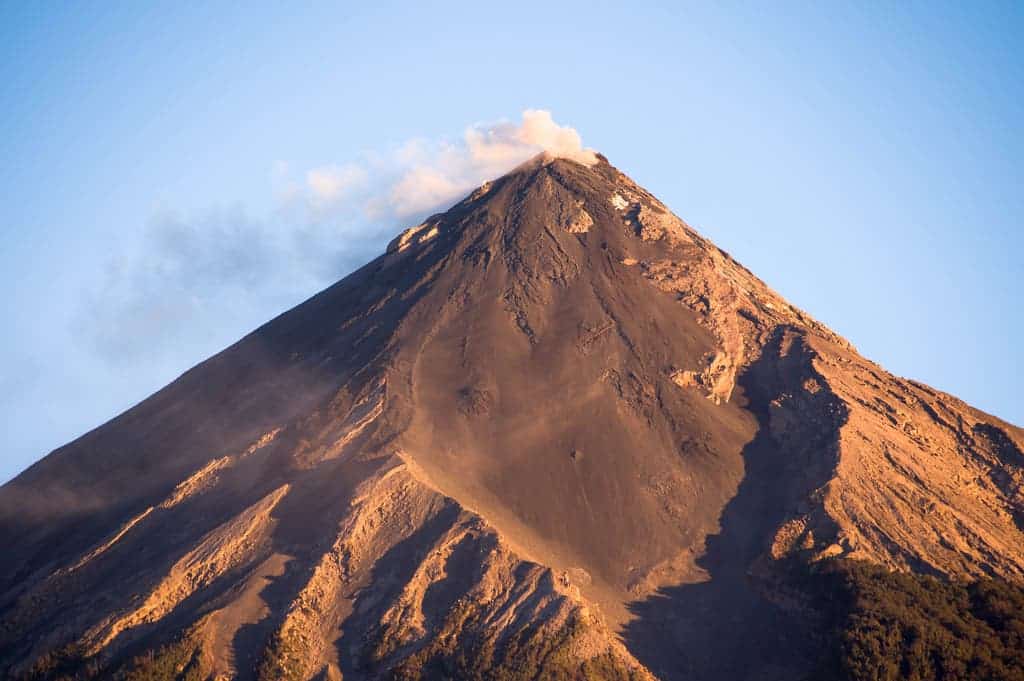A collaborative team of scientists and engineers from the Universities of Bristol and Birmingham have trained local Guatemalan volcanologists to use drones to help protect their homes from volcanic eruptions.

Scientists local to Volcán de Fuego, which erupted in June this year, spent four days with the university groups learning how to fly the drones, and use the technology to help predict future eruptions. On June 3rd, 2018, with little warning, Fuego emitted a series of explosions and pyroclastic flows. The unexpected eruption caused limited evacuation time, causing the deaths of nearly 200 people and making the blast Fuego’s deadliest for nearly 90 years.
Previously, in-situ measuring instruments had been used to detect changes on Fuego. However, such devices are frequently damaged by volcanic activity and setting them up presents a significant risk. The hope is that drones can provide safer and more reliable measurements of the volcano in the future.
By using visual and thermal imaging software, the drones can build up a 3-D map of Fuego. This allows scientists to see terrain shifting on the volcano from the safety of their research centers and warn locals of an imminent eruption.
In addition, gas sensors can be fixed to the drones to gauge emissions from the vent.
Carbon dioxide, sulfur dioxide, and hydrogen sulfide are all important indicators of pending eruptions. The year before, volcanologist Dr. Emma Liu from the University of Cambridge used drone-fixed gas sensors to analyze emissions from Fuego. Her team discovered there were actually two vents on the volcano, instead of the assumed one, and the hope is more breakthroughs like this will be facilitated by drones.
Customizing drones, however, is not without its problems. The added weight of sensors can drain already precious battery life and affect the aerodynamics of the drone. By working with engineers, the scientists are able to adapt to these challenges and increase the practicality of the drones.
As a result, large teams are required to make each flight a success, relying on the shared efforts of engineers and scientists. Dr. Matthew Watson of the University of Bristol summed it up:
“Collaboration between scientists and engineers makes this possible – engineers are capable of realizing scientific endeavors: Between us, we can take new and exciting observations and measurements to assist with understanding and prediction of volcanic risks.”
With the new opportunity provided by the drones and the help of Dr. Watson and his colleagues, Guatemalan scientists will now be better equipped to understand their volcano — and ultimately save many lives.


